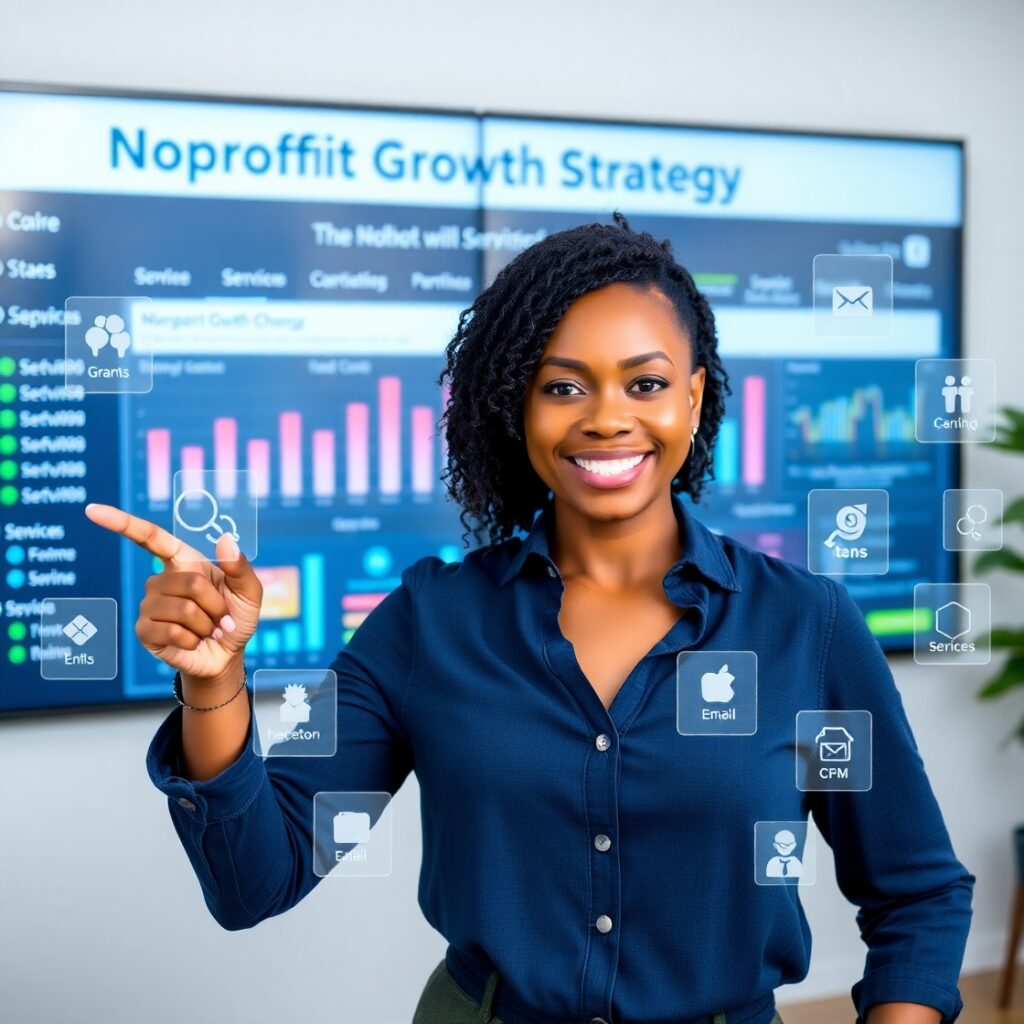
Smart Fundraising Starts Here.Let’s Power Your Nonprofit Mission.
Why Choose BizTechMgt?
You’ve got the mission.
We’ve got the method.
Most agencies offer one piece of the puzzle. We build the whole strategy.
🔹 Unlike content-only services like GettingAttention.org, we deliver full execution — from funding research to campaign management.
🔹 We’re not a marketplace. We’re your nonprofit growth partner, working side by side to help you grow.
🔹 Our services don’t stop with marketing. We include grant strategy, donor engagement, ad grant compliance, storytelling, tech setup, and more.
Our Difference = Strategy + Execution + Ongoing Support

What We Offer

Grant Writing That Wins
We don’t just write grants — we write with purpose, power, and data.
Prospect research:
We find the grants you’re most likely to win
Tailored proposals: Custom-written for each funder
Reporting & renewal support:
Keep that funding coming

Crowdfunding Campaigns That Convert
Build momentum with social campaigns that drive donations.
Visual storytelling and video scripts
Launch calendar and donor email templates
Platform optimization (Givebutter, Classy, GoFundMe, etc.)

Google Ad Grants Management
Most nonprofits don’t even use their $10,000/mo ad credit. We fix that.
We apply for you
We write and manage ads
We ensure compliance and maximize traffic
How We Work

✅ Step 1: Discovery Call
We learn your mission, goals, and current challenges.

📊 Step 2: Strategic Plan
We create a customized roadmap across grants, ads, and crowdfunding..

💼 Step 3: Execution
Our experts get to work — writing, applying, launching, optimizing.

📈 Step 4: Review + Scale
We meet monthly to assess results and plan next moves

Who We Serve
We work with small to mid-sized nonprofits and growing missions including:
🏫 Education Programs
🌍 Environmental Initiatives
🕊️ Faith-Based Organizations
🏠 Homeless & Housing Projects
🧠 Mental Health Advocacy
🧒 Youth & Family Services
No team? No problem. We become your virtual development department.
Real Results
📈 4x Average ROI on Crowdfunding Campaigns
📝 92% Grant Proposal Acceptance Rate (when invited)
🌐 Over 2 Million Free Google Ad Clicks for Our Clients



One Team. All the Tools You Need.
BizTech Management is more than a service — we’re a strategic partner for nonprofits.
Our full-stack nonprofit solution includes:
✅ Grant strategy & writing
✅ Crowdfunding creation & marketing
✅ Google Ad Grants management
✅ Social media support
✅ CRM + donor funnel setup
✅ Email marketing
✅ Impact storytelling
✅ Website optimization

Let's Fund Your Mission
It’s time to stop chasing funding — and start building it.
Let’s explore your organization’s biggest opportunities together.
Our first call is free, and our advice is practical.
📆 Book a Free Strategy Call
📞 +1 248-940-1100
📧 info@biztechmgt.com
Visual Trust Elements
✔️ Certified Google Ad Grants Manager

